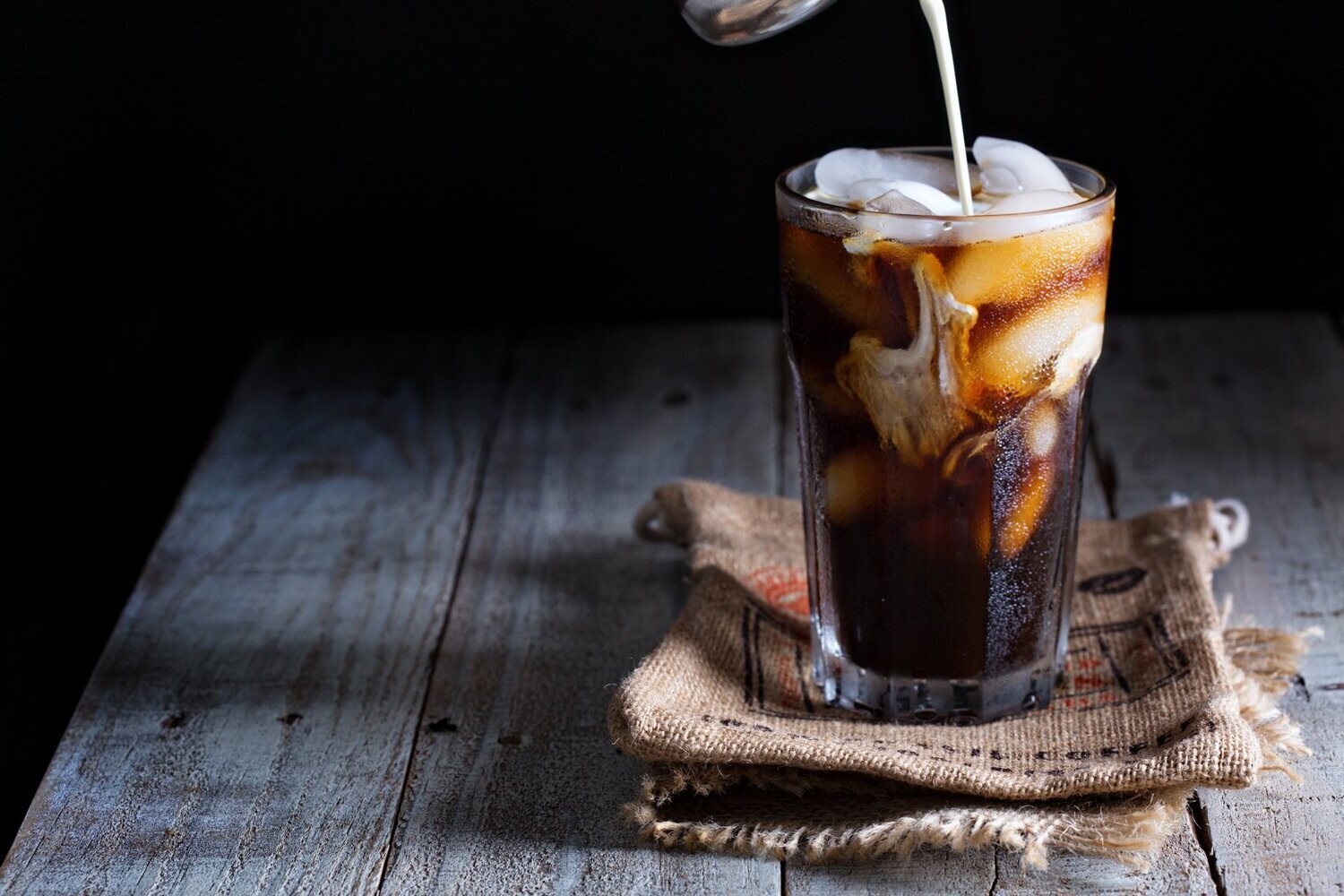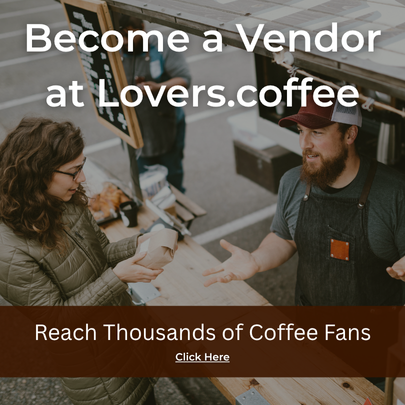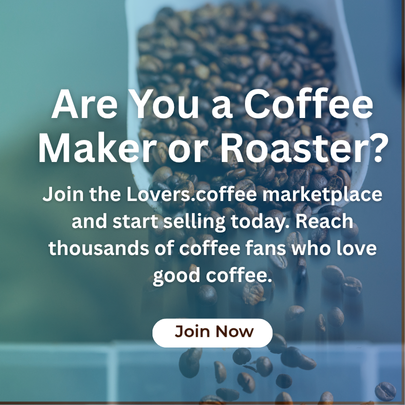
The Frothing Tip That Ensures A Sweeter Espresso Drink
Table of Contents
- Introduction
- The Science Behind Frothing Milk
- Protein Structure and Frothing
- Lactose and Sweetness
- The Best Milk for Frothing
- Whole Milk
- Skim and Low-Fat Milk
- Non-Dairy Milks
- Frothing Techniques
- Using a Steam Wand
- Using a Handheld Frother
- Using a French Press
- Frothing Tips for Sweetness
- Use Fresh Milk
- Avoid Overheating
- Experiment with Milk Types
- Creating Sweet Espresso Drinks
- Vanilla Latte
- Caramel Macchiato
- Mocha
- Conclusion
The Frothing Tip That Ensures A Sweeter Espresso Drink
- Adam Smith
- 22-07-2024
- 29-07-2025
- 1273 views
- Featured Articles

Introduction
Espresso drinks are a staple for coffee lovers, providing a rich, robust flavor that many find irresistible. One way to elevate your espresso experience is through the art of frothing milk. Frothing not only adds texture and volume to your drink but also enhances its sweetness. In this blog, we’ll delve into the secrets of frothing milk to perfection, ensuring that your espresso drinks are not only smooth and creamy but also naturally sweeter.
The Science Behind Frothing Milk
Milk frothing is a process where air is incorporated into milk, creating a creamy, foamy texture. This process also changes the milk’s composition, breaking down proteins and sugars, which can enhance the milk’s natural sweetness. Understanding the science behind frothing can help you achieve the perfect consistency and flavor for your espresso drinks.
Protein Structure and Frothing
Milk proteins, primarily casein and whey, play a significant role in frothing. When milk is heated and aerated, these proteins form a network that traps air bubbles, creating foam. Properly frothed milk has a smooth, velvety texture, which contributes to the overall mouthfeel of the drink.
Lactose and Sweetness
Lactose, the natural sugar in milk, breaks down during the heating process, making the milk taste sweeter. Frothing at the right temperature (between 150°F and 155°F) ensures that the lactose breaks down sufficiently, enhancing the milk’s sweetness without burning it.
The Best Milk for Frothing
Not all milk froths equally. The type of milk you use can significantly impact the frothing process and the resulting flavor of your espresso drink.
Whole Milk
Whole milk is the gold standard for frothing due to its balanced fat content, which creates a rich and creamy foam. The fat in whole milk adds to the mouthfeel and enhances the flavor, making it an excellent choice for lattes and cappuccinos.
Skim and Low-Fat Milk
Skim and low-fat milk can also be frothed successfully, but they produce a lighter, airier foam compared to whole milk. These types of milk are ideal for those looking to reduce their fat intake while still enjoying a frothy espresso drink.
Non-Dairy Milks
Non-dairy milks, such as almond, soy, and oat milk, can also be frothed, but the results can vary. Oat milk is particularly popular for frothing due to its creamy texture and natural sweetness. When choosing non-dairy milk, look for barista blends specifically formulated for frothing.
Frothing Techniques
Mastering the technique of frothing is crucial to achieving a sweeter, creamier espresso drink. Here are some tips and tricks to perfect your frothing technique.
Using a Steam Wand
- Start with Cold Milk: Always start with cold milk to give yourself more time to froth before it reaches the optimal temperature.
- Positioning the Steam Wand: Submerge the steam wand just below the surface of the milk and position it at a slight angle to create a whirlpool effect. This helps incorporate air evenly and creates a smooth foam.
- Listen for the Hissing Sound: A light hissing sound indicates that the steam wand is introducing air into the milk. Once the milk starts to expand, submerge the wand deeper to heat the milk without introducing more air.
- Monitor the Temperature: Use a thermometer to ensure the milk reaches between 150°F and 155°F. This temperature range is ideal for breaking down lactose and enhancing sweetness without scalding the milk.
Using a Handheld Frother
- Heat the Milk: Warm the milk to the desired temperature before frothing.
- Froth in a Circular Motion: Submerge the frother and move it in a circular motion to create a whirlpool effect, similar to using a steam wand.
- Monitor the Foam: Continue frothing until the milk has doubled in volume and has a smooth, velvety texture.
Using a French Press
- Heat the Milk: Warm the milk to the desired temperature before frothing.
- Pump the Plunger: Pour the heated milk into the French press and pump the plunger up and down vigorously. This introduces air and creates foam.
- Let it Settle: Allow the milk to settle for a few seconds to separate the foam from the liquid.
Frothing Tips for Sweetness
To ensure your frothed milk enhances the sweetness of your espresso drink, consider these additional tips.
Use Fresh Milk
Always use fresh milk for frothing. Fresh milk froths better and has a naturally sweeter taste compared to milk that has been open for several days.
Avoid Overheating
Overheating milk can scald it, resulting in a burnt taste and a less sweet flavor. Monitor the temperature closely and avoid exceeding 155°F.
Experiment with Milk Types
Different types of milk can produce varying levels of sweetness and creaminess. Experiment with whole milk, low-fat milk, and non-dairy options to find the one that best suits your taste preferences.
Creating Sweet Espresso Drinks
Now that you have mastered the art of frothing milk, here are some sweet espresso drinks you can create at home.
Vanilla Latte
A vanilla latte is a classic espresso drink that combines the rich flavor of espresso with sweet, frothy milk and a hint of vanilla.
Ingredients:
- 1 shot of espresso
- 1 cup of frothed milk
- 1 tablespoon of vanilla syrup
Instructions:
- Brew a shot of espresso.
- Add vanilla syrup to the espresso.
- Pour the frothed milk over the espresso and syrup mixture.
- Stir gently and enjoy.
Caramel Macchiato
A caramel macchiato is a deliciously sweet espresso drink with layers of espresso, frothy milk, and caramel syrup.
Ingredients:
- 1 shot of espresso
- 1 cup of frothed milk
- 1 tablespoon of caramel syrup
- Caramel drizzle for topping
Instructions:
- Brew a shot of espresso.
- Add caramel syrup to the bottom of a glass.
- Pour the frothed milk over the caramel syrup.
- Pour the espresso shot over the frothed milk.
- Top with a caramel drizzle.
Mocha
A mocha is a chocolate lover’s dream, combining the rich flavors of espresso, frothed milk, and chocolate.
Ingredients:
- 1 shot of espresso
- 1 cup of frothed milk
- 2 tablespoons of chocolate syrup
- Whipped cream for topping (optional)
Instructions:
- Brew a shot of espresso.
- Add chocolate syrup to the espresso and stir until combined.
- Pour the frothed milk over the chocolate-espresso mixture.
- Top with whipped cream, if desired.
Conclusion
Frothing milk is an art that can transform your espresso drinks, making them smoother, creamier, and naturally sweeter. By understanding the science behind frothing and mastering the techniques, you can create café-quality drinks at home. Experiment with different types of milk and frothing methods to find your perfect combination. With these tips, you’ll be able to enjoy delicious, sweet espresso drinks that rival any coffee shop creation.






















